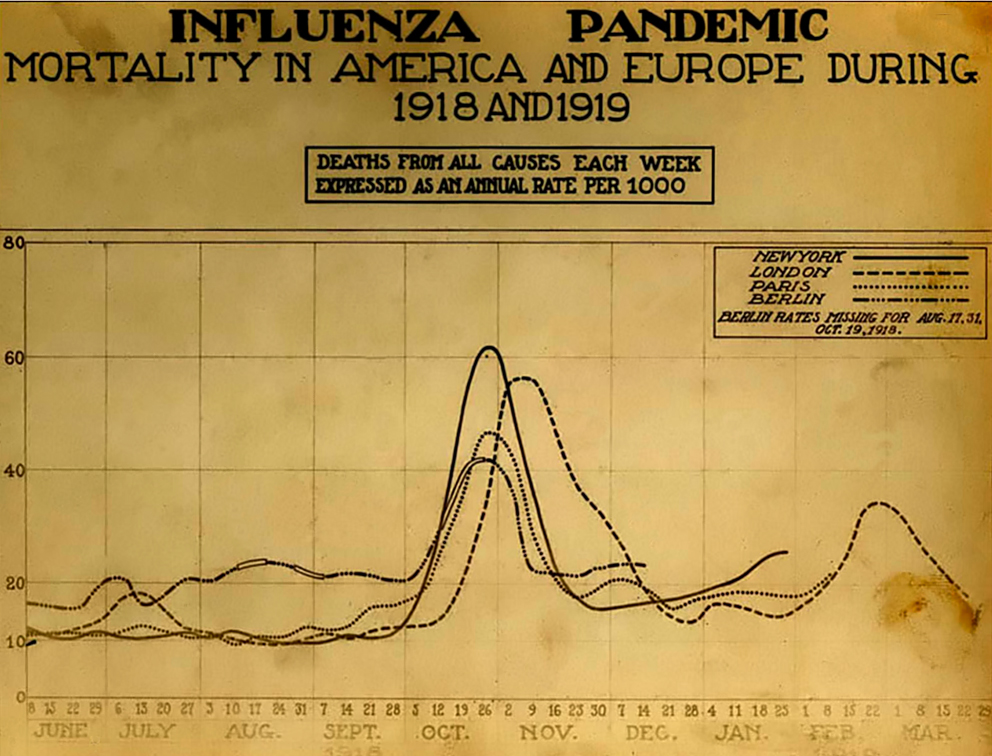Schönes Beispiel für die Wirkung von Anti-Fake-News-Gesetzen
Jennifer Wright in The New York Post:
If you don’t allow for investigative journalism, people die. There’s no clearer time to witness this fact than during 1918 when the Spanish Flu broke out.
The Spanish Flu was no ordinary illness. While most flu viruses attack the elderly and the very young, the Spanish Flu produced a reaction called a cytokine storm that essentially turned healthy immune systems against themselves. In under two years, it would kill somewhere between 20 million to 50 million people worldwide. But if you’ve never heard of it, don’t worry — that’s because journalists were afraid to report on it.
The plague broke out during WWI after a morale law had been put in place in 1917. The law dictated that journalists shouldn’t report anything negative about the US government that might demoralize the populace — for instance, that a disease was spreading through the populace that they had no idea how to combat. If you defied the law, you could go to jail for up to 20 years. The epidemic was called the Spanish Flu not because it originated there (it most likely came from Kansas) but because Spanish newspapers, who had no such laws, reported on it with great frequency as early as May 1918.
